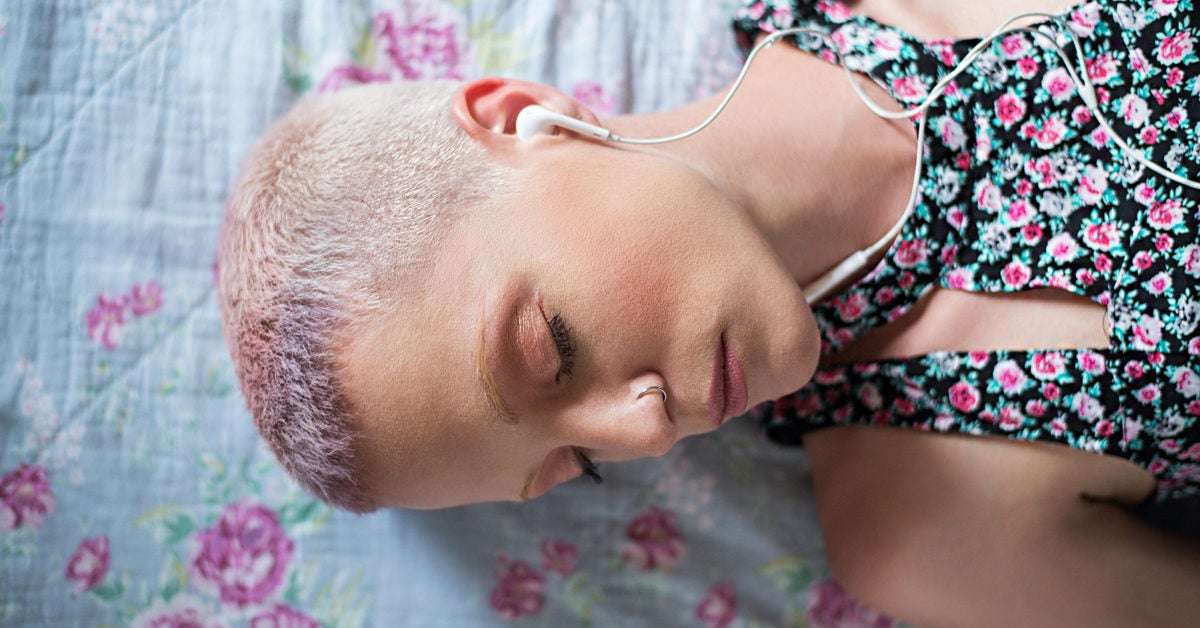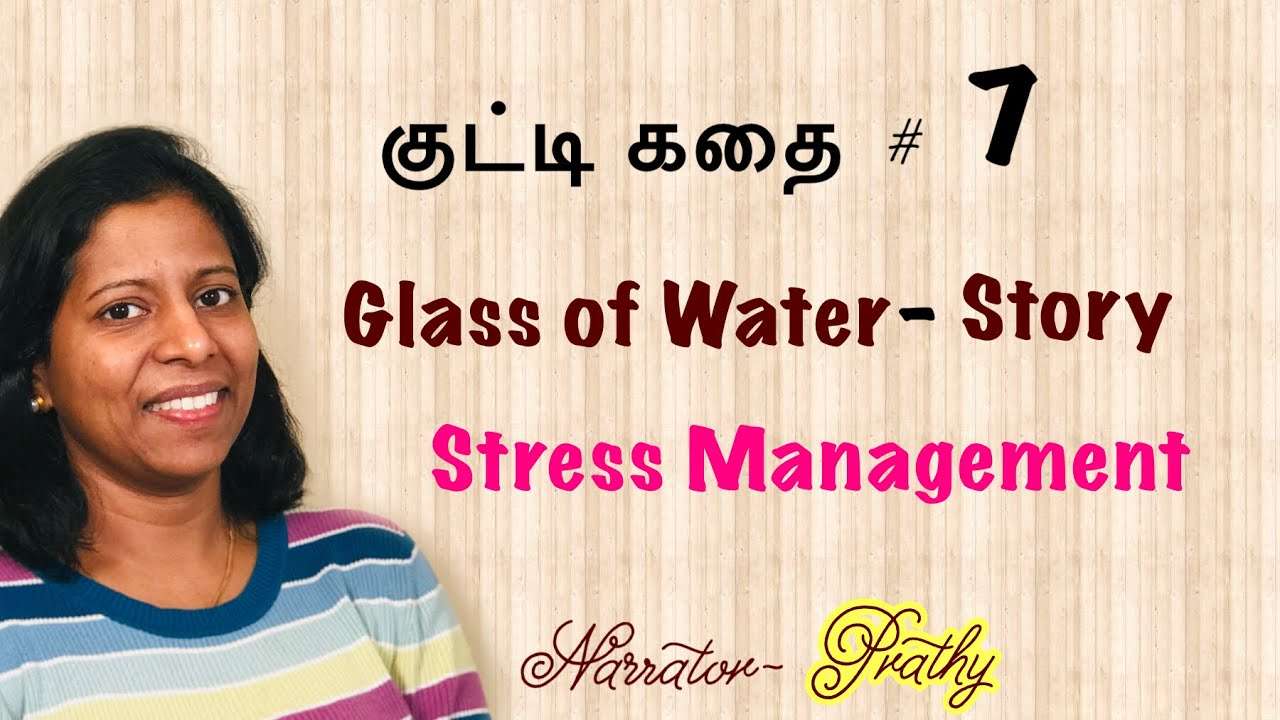
Share on Pinterest
ASMR, or autonomous sensory meridian response, describes a phenomenon that produces a tingling feeling throughout your body.
Different audio and visual triggers, such as whispering, fingernail tapping, or watching a brush stroke a surface, can provoke this tingling sensation.
It’s similar to frisson, the chills some people get when listening to music, or the tingling you might experience when looking out at a vast, beautiful landscape.
Aside from just making you feel good, ASMR might also have the potential to help with feelings of anxiety.
The research is promising but (very) limited
ASMR’s entry into public consciousness is still fairly recent, and experts are only just beginning to explore the potential benefits of the phenomenon.
Existing evidence largely focuses on self-reports of people who watch ASMR videos for various reasons. Several studies have found promising results, though study authors generally agree on the need for more research.
“Depending on your sensitivity and receptivity, the ASMR experience is said to provide a sense of calm and well-being,” explains Sadie Bingham, a clinical social worker who specializes in anxiety and provides therapy in Gig Harbor, Washington.
According to research from 2015, some people find experiencing ASMR helps relieve negative mood symptoms, including feelings of depression or stress. It also appears to help reduce chronic pain for some people.
Research in 2018 found evidence to suggest watching ASMR videos can slow heart rate, leading to a state of relaxation and calm. Study authors noted that many viewers also report an increased sense of connection with others, which can have a positive impact on general well-being.
Additional research from 2018 supports these uses, noting that other viewers found ASMR videos helped them:
- unwind and relax
- get to sleep
- feel comforted or cared for
- experience less anxiety or pain
- feel better when sick or upset
Watching the videos may also serve as a distraction from anxious thoughts while also promoting feelings of increased relaxation.
Researchers don’t yet know exactly how or why ASMR happens for some people. But, as Bingham notes, “any time an experience doesn’t cause harm to you or anyone else, and may produce a sense of well-being, it’s considered beneficial from a therapeutic standpoint.”
It’s not for everyone, though
Here’s the catch: ASMR doesn’t work for everyone.
Research from 2017 suggests it may relate to specific Big Five personality traits.
People more likely to experience ASMR tend to:
- score higher on measures of Openness-to-Experience and Neuroticism
- score lower on measures of Conscientiousness, Extraversion, and Agreeableness
People who don’t experience ASMR often report the videos make them feel creeped out, unsettled, confused, or bored. Even in people who do experience ASMR, certain sounds or visual triggers may not have the intended effect.
Some people also note that while certain triggers help relieve their anxiety, other triggers sometimes intensify their symptoms.
The ASMR experience appears to be somewhat related to the experience of misophonia, another phenomenon that isn’t fully understood. People with misophonia, which literally means “hatred of sound,” experience an extreme adverse reaction to specific sounds.
These sounds vary from person to person, but common misophonia triggers include repeated sounds like:
- tapping
- chewing, drinking, crunching, or other eating sounds
- breathing or sniffling
- nail clipping
These sounds could make you feel anxious, stressed, panicked, or even enraged. An ASMR video that includes tapping or breathing might provoke these feelings instead of relaxing you.
If you try watching ASMR videos and don’t notice any response, exploring different triggers could lead you to more helpful videos. Just be sure to use your best judgment, Bingham recommends.
If you feel unsafe, uncomfortable, or experience other negative reactions, it may be best to “stop or proceed with caution,” she says.
Things to keep in mind
While ASMR helps a lot of people work through mild symptoms of stress or anxiety, it’s not a replacement for therapy or other anxiety treatments, like medication.
“There is rarely one thing alone that will resolve any problem,” Bingham says. “This is especially true with mental health.”
That said, if experiencing ASMR provides enough relief to reduce your anxiety and improve your well-being, ASMR may be sufficient, she goes on to explain.
It’s worth noting, however, that some people report that they develop a tolerance to certain triggers over time and need to take a break in order to feel the benefits again.
If ASMR only relieves your symptoms temporarily, or stops having as much of an impact on your distress, it’s best to reach out to a therapist who can offer professional support and guidance that can help you manage your symptoms in a more lasting way.
Even if you do seek therapy, there’s no reason to stop using ASMR as a coping strategy alongside treatment, as long as it continues to work for you.
The bottom line
Researchers still have more to learn about ASMR, including how and why it works. It’s clear, however, that it does seem to help some people.
If you don’t experience ASMR, watching trigger videos may produce nothing more than a sensation of boredom or unease. But these videos could help you disengage from anxious thoughts and feel more relaxed.
At the end of the day, it’s a low-risk alternative approach to coping with anxiety and related issues.
Crystal Raypole has previously worked as a writer and editor for GoodTherapy. Her fields of interest include Asian languages and literature, Japanese translation, cooking, natural sciences, sex positivity, and mental health. In particular, she’s committed to helping decrease stigma around mental health issues.
Music is a great tool to help you relax, physically and mentally. It’s a way to deal with anxiety and stress and to make you feel calmer and happier. The following 3 types of music help to reduce anxiety.
1. Classical music
According to studies from the Anxiety & Stress Center in Illinois, soothing tones in music create a calming environment (optie: atmosphere) for people who suffer from illness or stress. Classical and other soothing music can lower the heart rate, blood pressure and levels of the cortisol stress hormone.
In addition, classical music increases serotonin production, which helps combat anxiety, panic and depression. However classical music is certainly not the only type of music that has positive effects on our health. The music we like differs from person to person and is determined, among other things, by our personal experiences.
The music styles that we like are the ones that help to reduce anxiety. There is no point in forcing yourself to listen to classical music when you actually hate it. That would be anything but relaxing! Only music that can make you feel good actually helps to reduce anxiety or stress.

2. Binaural beats
Binaural beats is another type of music that can reduce stress and anxiety. But not everyone is familiar with its power (optie: with the power of binaural beats). Binaural beats are created by playing two sounds of slightly different frequencies. One tone is slightly higher or lower than the other tone, yet your brain perceives these as a single tone.
This single tone is what makes it unique. Your brain – which vibrates at different frequencies – adapts to that single tone. As a result, the beats evoke a certain state of mind, such as focus or deep relaxation:
- Delta (0 – 4 hertz) – deep sleep, healing
- Thèta (4 – 8 hertz) – meditation, deep relaxation, creativity, trance
- Alfa (8 – 14 hertz) – reduced stress, concentration
- Bèta (14 – 30 hertz) – focus, energy, clarity
- Gamma (30 – 100 hertz) – highly alert, highly conscious, memory
For binaural beats to work, you need to use a headphone or earphones, so your left ear hears a different tone than your right ear.

3. Sound healing
Another type of music to help reduce anxiety is sound healing, which uses the healing power of music to relax the body and mind.
Here is how it works. Sound healing uses sound vibrations for their healing properties (optie: uses sound vibrations to relax your mind and body). Think of tuning forks, gongs or singing bowls. When these are triggered, they create vibrations that have a powerful effect on body and mind.
Compare it with a stone that you throw into the water. As soon as the stone hits the water, small waves spread out from where the stone first made contact. The music vibrations are the waves and your body is the water they move through.
In the book Vibrational Medicine, Dr. Richard Gerber explains how music frequencies can help to rebalance the energy in a body that is out of balance due to anxiety or stress. Sound healing can shift low frequencies of fear into high frequencies of peace and confidence.
Music in the Meditation Moments app
The Meditation Moments app has different sections dedicated to binaural beats and sound healing. In addition, the app is full of music for different purposes such as peaceful sleep, better focus, or improved relaxation. It also offers a range of music tracks that can be used as background music for yoga and meditation. All music is exclusive and specifically composed by our team in our own studio, which makes it unique.
Try Meditation Moments app completely free for 10 days
Try now
Share article
Everyone knows they need to manage their stress and when things get stressful at work, university, or in your personal life, there are many methods we turn to to help us calm ourselves.
Now, neuroscientists have specified which piece of music is best for anxiety. A study was conducted on participants who had to solve tricky puzzles as quickly as possible. At the same time, their brain activity, heart rate, blood pressure, and rate of breathing were being measured.
According to Dr David Lewis-Hodgson of Mindlab International one song — “Weightless” — resulted in a striking 65 per cent reduction in participants’ overall anxiety, and a 35 per cent reduction in their usual physiological resting rates.
Its carefully arranged harmonies, rhythms, and bass lines help slow a listener’s heart rate, reduce blood pressure and lower levels of the stress hormone cortisol. Give it a try and let us know what you think and leave a comment with your favourite calming tunes.



